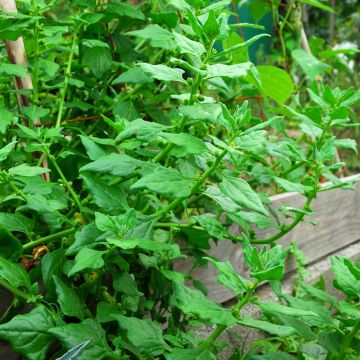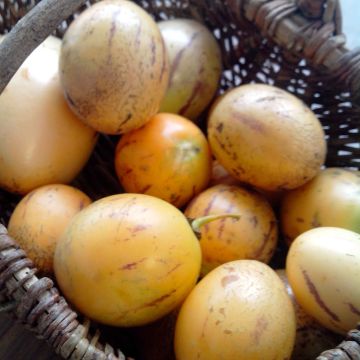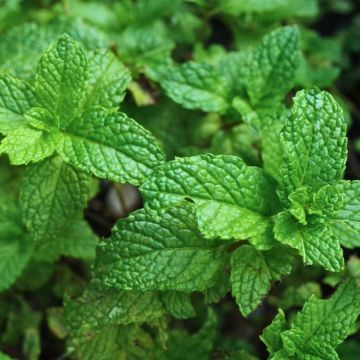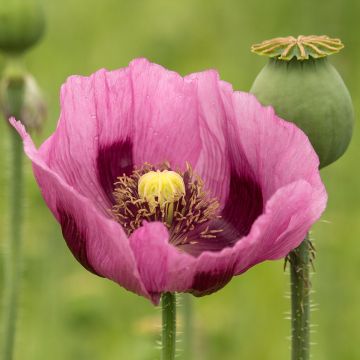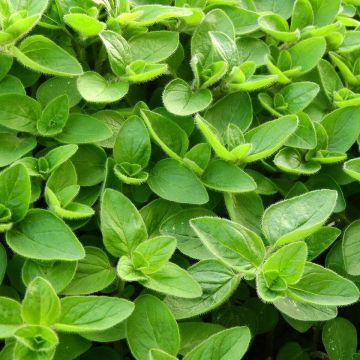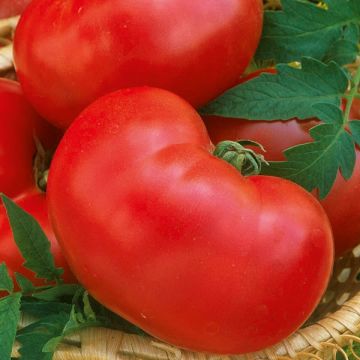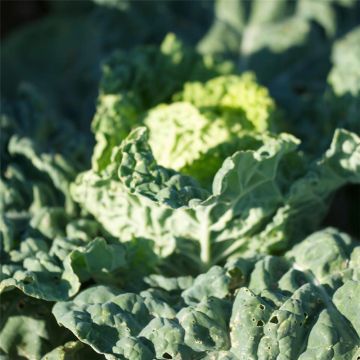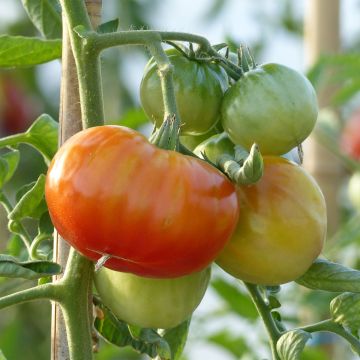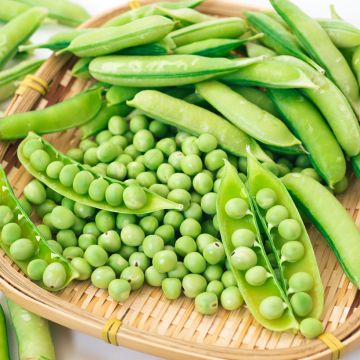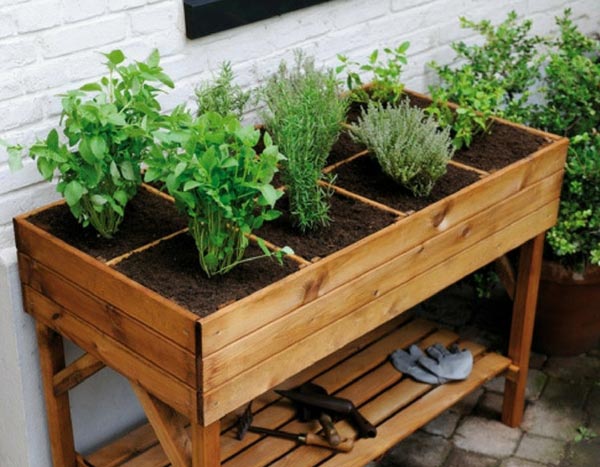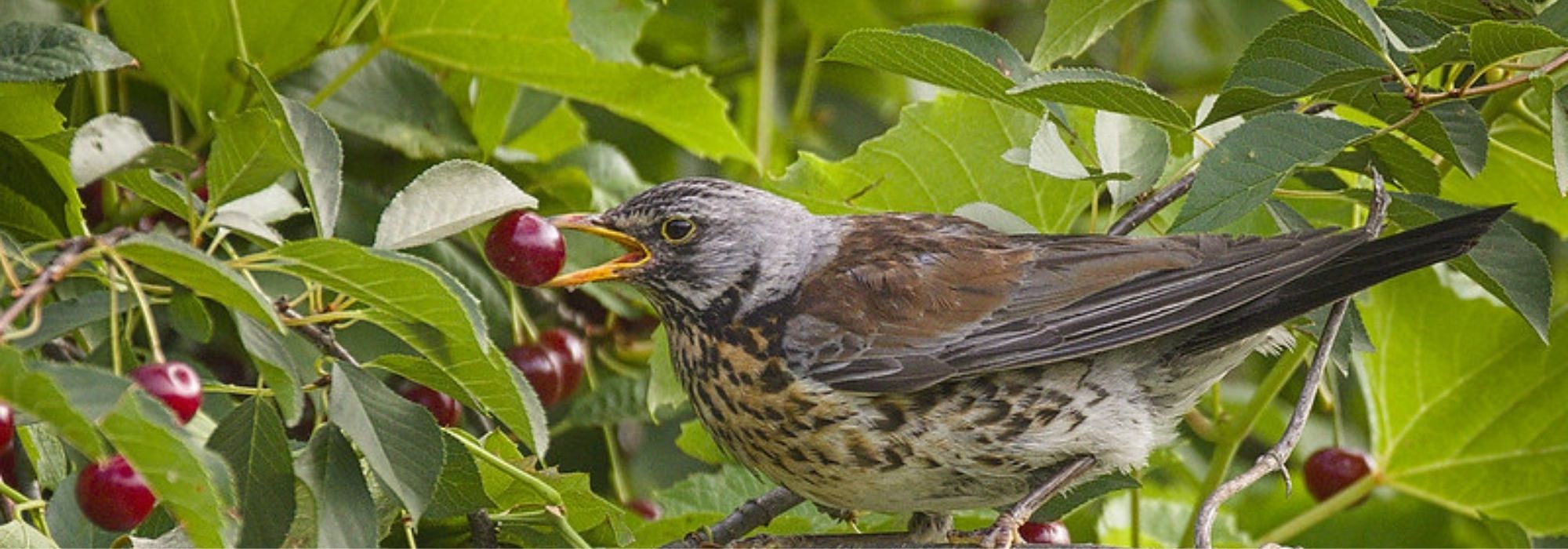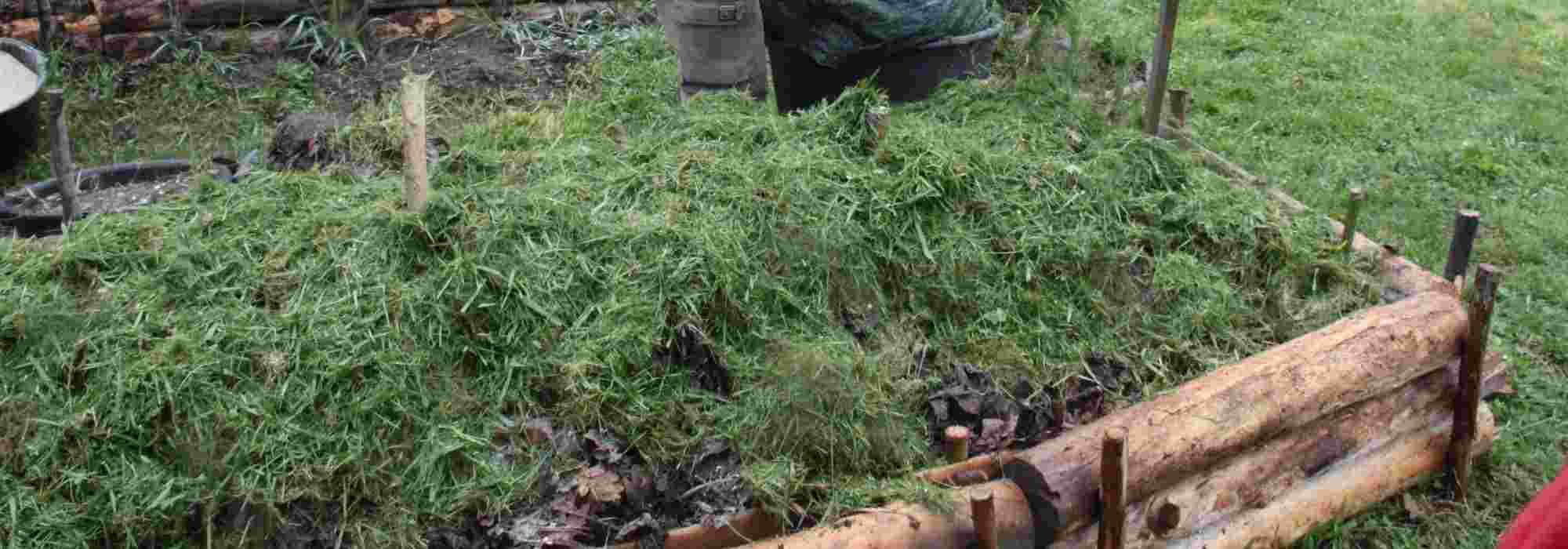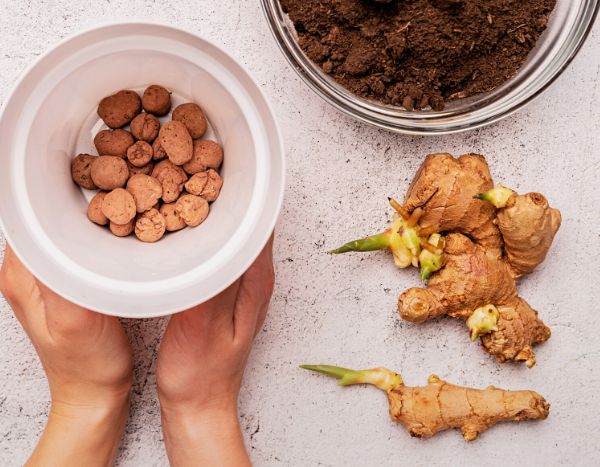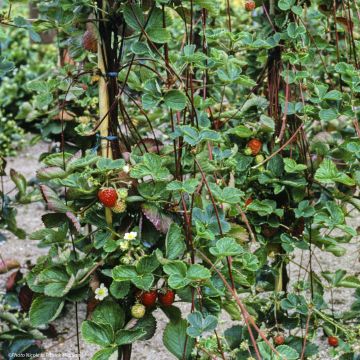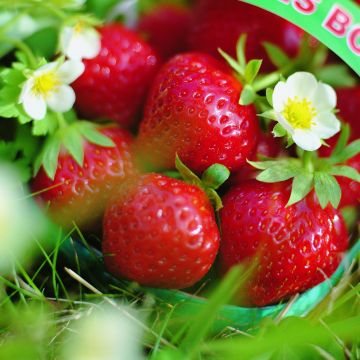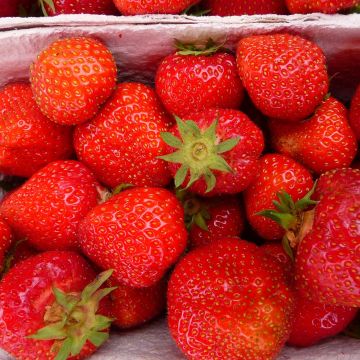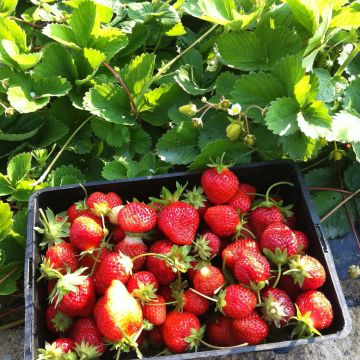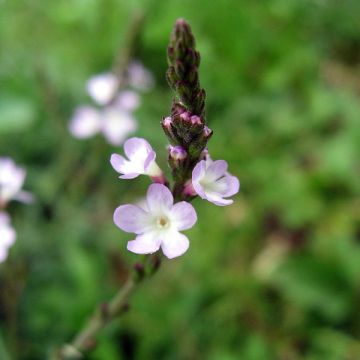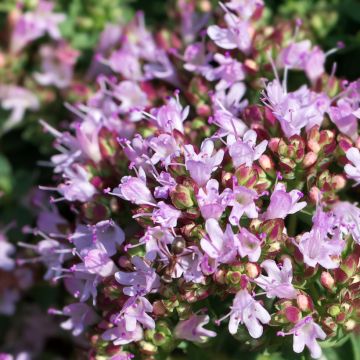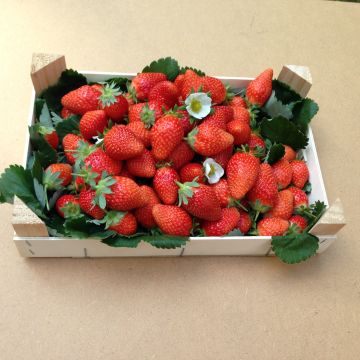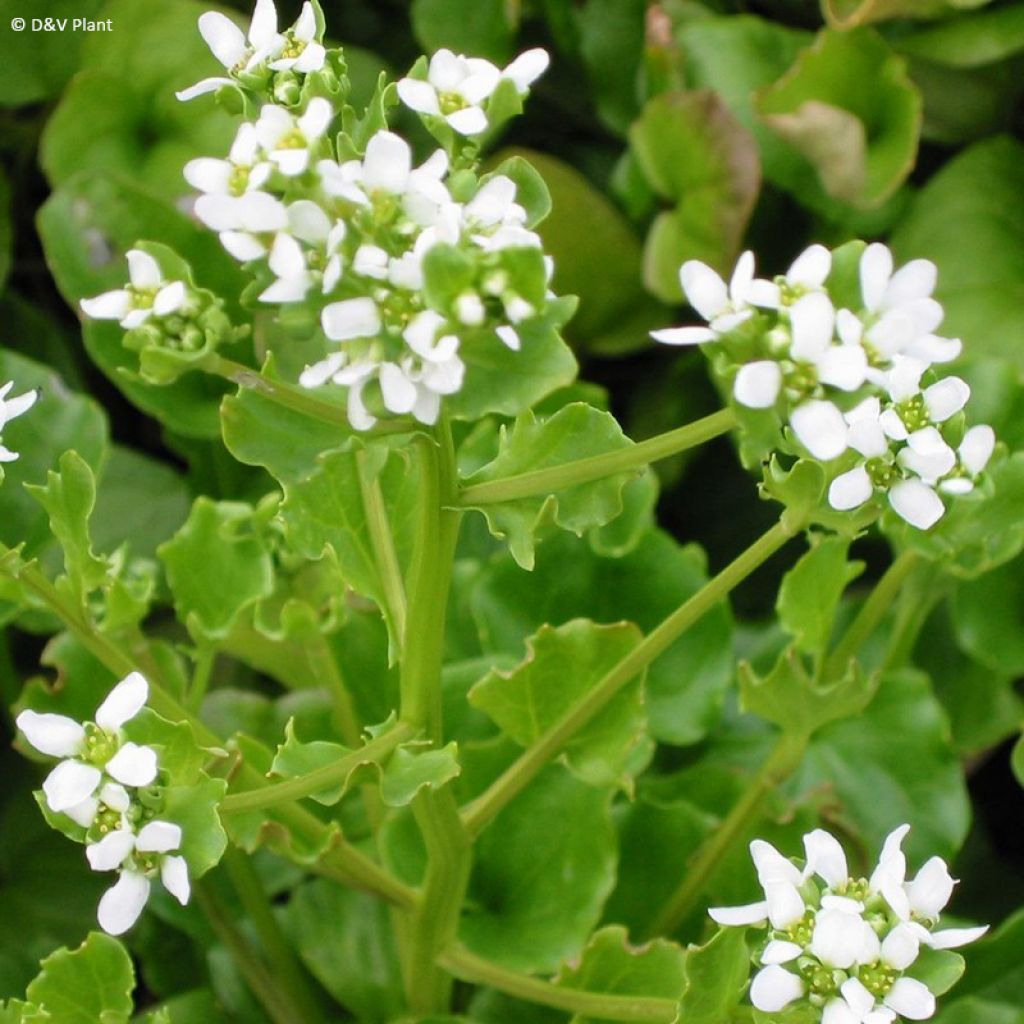

Cochlearia officinalis - Common Scurvygrass
Cochlearia officinalis - Common Scurvygrass
Cochlearia officinalis
Common Scurvygrass, Spoonwort
Special offer!
Receive a €20 voucher for any order over €90 (excluding delivery costs, credit notes, and plastic-free options)!
1- Add your favorite plants to your cart.
2- Once you have reached €90, confirm your order (you can even choose the delivery date!).
3- As soon as your order is shipped, you will receive an email containing your voucher code, valid for 3 months (90 days).
Your voucher is unique and can only be used once, for any order with a minimum value of €20, excluding delivery costs.
Can be combined with other current offers, non-divisible and non-refundable.
Home or relay delivery (depending on size and destination)
Schedule delivery date,
and select date in basket
This plant carries a 6 months recovery warranty
More information
We guarantee the quality of our plants for a full growing cycle, and will replace at our expense any plant that fails to recover under normal climatic and planting conditions.
Description
Cochlearia officinalis, also known as Common Scurvygrass or Spoonwort, is a medicinal and aromatic plant. It is cultivated for its foliage, which has a spicy, pungent, and slightly bitter flavour, and is used as a condiment similar to chives or even as a mustard substitute. This Cochlearia can be planted between April and September, in rich and well-drained garden soil, in full sun or partial shade. The leaves can be harvested as needed throughout the winter.
Cochlearia officinalis belongs to the Brassicaceae family (formerly crucifers), just like mustard or watercress. It is a small plant resistant to frost, with fast growth, and behaves as a perennial or biennial depending on the climate and growing conditions. This species can be found near the ocean, but increasingly along roads subjected to winter salting, as it thrives in salty soils. The plant forms a clump of about 25cm (10in) in all directions and develops upright leafy stems. The basal leaves have long petioles, while the smaller stem leaves are sheathing. All leaves are tough, dark green, with slightly upturned edges (hence the name Spoonwort). This vegetation is known for its high vitamin C content. The flowering period is from March to July, depending on the sowing date. The flowers are about 1cm (0in) in diameter, white, slightly fragrant, and clustered. After pollination by insects, small kidney-shaped seeds develop in fruits called siliculas.
In the kitchen: The leaves have a pungent and spicy flavour reminiscent of horseradish. They can be used raw, in small quantities, to enhance salads or raw vegetables, for example with garlic and parsley. Cochlearia also adds flavour to omelettes, rabbit with mustard... You can also do a spring detox with Cochlearia officinalis, accompanied by dandelion or wild chicory with their purifying properties.
Properties: antiscorbutic, depurative, sudorific, diuretic, cholagogue, rubefacient, digestive, and tonic. Prepare the leaves as an infusion.
Harvest: The leaves can be harvested from November to March during mild weather.
Storage: Consume quickly or finely chop the leaves and freeze them, similar to parsley and chives.
Gardening tip: Keep the soil slightly moist, but not waterlogged. Be aware of slug and snail attacks in spring and autumn.
Report an error about the product description
Cochlearia officinalis - Common Scurvygrass in pictures
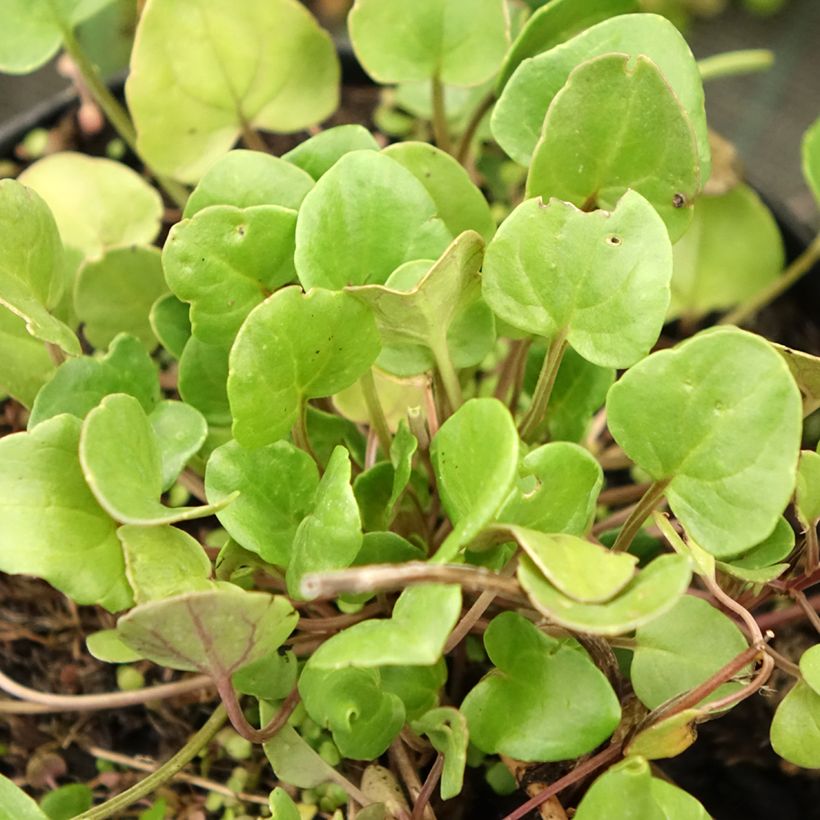

Harvest
Plant habit
Foliage
Other Vegetable garden A to Z
View all →Planting and care
Plant Cochlearia in a sunny or partially shaded position, in light, well-drained soil that remains slightly moist. This plant tolerates salty soils near the sea. It can be planted from April until autumn, spacing each young plant 30 to 40cm (12 to 16in) apart. Water regularly during dry weather. Mulching will help retain soil moisture while limiting the growth of weeds.
Prune regularly to promote new shoot growth. Easy to cultivate, this plant is resistant to cold weather.
Maintenance
Regularly perform hoeing and weeding. Beware of attacks from slugs and snails in early spring and early autumn.
Cultivation
Care
Intended location
Planting & care advice
This item has not been reviewed yet - be the first to leave a review about it.
Similar products
Haven't found what you were looking for?
Hardiness is the lowest winter temperature a plant can endure without suffering serious damage or even dying. However, hardiness is affected by location (a sheltered area, such as a patio), protection (winter cover) and soil type (hardiness is improved by well-drained soil).

Photo Sharing Terms & Conditions
In order to encourage gardeners to interact and share their experiences, Promesse de fleurs offers various media enabling content to be uploaded onto its Site - in particular via the ‘Photo sharing’ module.
The User agrees to refrain from:
- Posting any content that is illegal, prejudicial, insulting, racist, inciteful to hatred, revisionist, contrary to public decency, that infringes on privacy or on the privacy rights of third parties, in particular the publicity rights of persons and goods, intellectual property rights, or the right to privacy.
- Submitting content on behalf of a third party;
- Impersonate the identity of a third party and/or publish any personal information about a third party;
In general, the User undertakes to refrain from any unethical behaviour.
All Content (in particular text, comments, files, images, photos, videos, creative works, etc.), which may be subject to property or intellectual property rights, image or other private rights, shall remain the property of the User, subject to the limited rights granted by the terms of the licence granted by Promesse de fleurs as stated below. Users are at liberty to publish or not to publish such Content on the Site, notably via the ‘Photo Sharing’ facility, and accept that this Content shall be made public and freely accessible, notably on the Internet.
Users further acknowledge, undertake to have ,and guarantee that they hold all necessary rights and permissions to publish such material on the Site, in particular with regard to the legislation in force pertaining to any privacy, property, intellectual property, image, or contractual rights, or rights of any other nature. By publishing such Content on the Site, Users acknowledge accepting full liability as publishers of the Content within the meaning of the law, and grant Promesse de fleurs, free of charge, an inclusive, worldwide licence for the said Content for the entire duration of its publication, including all reproduction, representation, up/downloading, displaying, performing, transmission, and storage rights.
Users also grant permission for their name to be linked to the Content and accept that this link may not always be made available.
By engaging in posting material, Users consent to their Content becoming automatically accessible on the Internet, in particular on other sites and/or blogs and/or web pages of the Promesse de fleurs site, including in particular social pages and the Promesse de fleurs catalogue.
Users may secure the removal of entrusted content free of charge by issuing a simple request via our contact form.
The flowering period indicated on our website applies to countries and regions located in USDA zone 8 (France, the United Kingdom, Ireland, the Netherlands, etc.)
It will vary according to where you live:
- In zones 9 to 10 (Italy, Spain, Greece, etc.), flowering will occur about 2 to 4 weeks earlier.
- In zones 6 to 7 (Germany, Poland, Slovenia, and lower mountainous regions), flowering will be delayed by 2 to 3 weeks.
- In zone 5 (Central Europe, Scandinavia), blooming will be delayed by 3 to 5 weeks.
In temperate climates, pruning of spring-flowering shrubs (forsythia, spireas, etc.) should be done just after flowering.
Pruning of summer-flowering shrubs (Indian Lilac, Perovskia, etc.) can be done in winter or spring.
In cold regions as well as with frost-sensitive plants, avoid pruning too early when severe frosts may still occur.
The planting period indicated on our website applies to countries and regions located in USDA zone 8 (France, United Kingdom, Ireland, Netherlands).
It will vary according to where you live:
- In Mediterranean zones (Marseille, Madrid, Milan, etc.), autumn and winter are the best planting periods.
- In continental zones (Strasbourg, Munich, Vienna, etc.), delay planting by 2 to 3 weeks in spring and bring it forward by 2 to 4 weeks in autumn.
- In mountainous regions (the Alps, Pyrenees, Carpathians, etc.), it is best to plant in late spring (May-June) or late summer (August-September).
The harvesting period indicated on our website applies to countries and regions in USDA zone 8 (France, England, Ireland, the Netherlands).
In colder areas (Scandinavia, Poland, Austria...) fruit and vegetable harvests are likely to be delayed by 3-4 weeks.
In warmer areas (Italy, Spain, Greece, etc.), harvesting will probably take place earlier, depending on weather conditions.
The sowing periods indicated on our website apply to countries and regions within USDA Zone 8 (France, UK, Ireland, Netherlands).
In colder areas (Scandinavia, Poland, Austria...), delay any outdoor sowing by 3-4 weeks, or sow under glass.
In warmer climes (Italy, Spain, Greece, etc.), bring outdoor sowing forward by a few weeks.






























